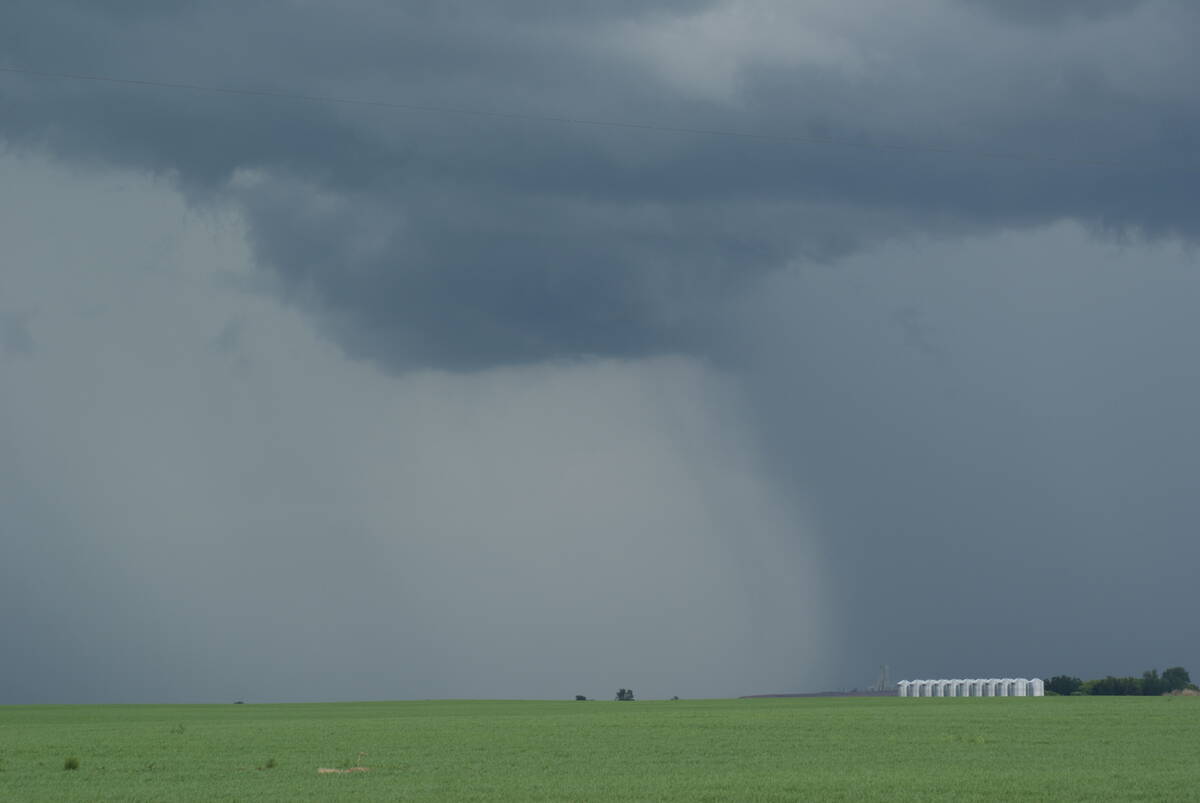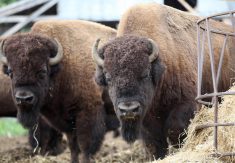Few people would argue with the premise that farmers should be free to choose what they want to grow.
Ultimately, the success or failure of those decisions will depend on many factors, including the prices the products bring, costs of production, agronomic factors and the effects of myriad other market forces.
If a particular crop fails to pay the bills for whatever reason, then farmers will stop growing it.
A similar argument can be made for different production systems. If they don’t work, then farmers won’t adopt them.
Read Also

Canadian farmers need new tools to support on-farm innovation
Farmers need a risk management buffer that actually works and investment that drives advancements forward if Canada is to build resilience.
That’s exactly how it should work. With increased attention on food security after shortages left people in many developing nations starving and, in some cases, in revolt this spring and summer, the need for various food production systems to coexist has gained the spotlight.
Scratching a living on this planet, with its abundant variety of plants and animals and incredibly diverse ecosystems, has always worked best using diverse approaches. Organic and conventional systems, which includes those that use genetically modified organisms, are no different.
On one side of the fence, the organic farmer guards against chemical and GM pollen drift from neighbouring conventionally farmed fields. It is a system that cares less for efficiencies of scale and more about targeting specialized markets in hopes of earning premium prices.
On the other side of the fence, the conventional farmer maximizes production and practices larger scale efficiencies to keep costs in line. They might seem far apart philosophically, but they are not as at odds as some might think.
In fact, organic and conventional farmers play an important role in ensuring our food supply. A variety of crop production systems allow us to better withstand market fluctuations and weather disasters and provides a vast array of crops suited for various environments and economic conditions.
It’s often been stated that’s it’s important to have a wide array of plant species as the best protection against disaster. The same can be said for having different types of farming systems.
Just this week, the United Nations estimated our world has reached a population of seven billion people.
Many and varied types of cropping systems can help feed this rising population and at the same time serve the needs of a varied market in which consumers demand choice. With many cropping systems in play, farmers can target distinct end users with niche products and also provide abundant bulk food that can be widely distributed at reasonable prices.
But ensuring the long-term survival of both systems depends to a great extent on finding international agreement on the thorny issue of tolerance limits – how much accidental GM crop presence should be allowed in non-GM products?
Sensitive testing equipment today can detect a few seeds left behind in a ship’s hold from a previous shipment, which is enough to set off warning alarms.
As we saw in 2009 with flax shipments to Europe, a trace of unapproved GM material can close borders and cost farmers and others in the industry millions in lost sales.
That is what makes initiatives like the federal government’s Working Group on Low Level Presence so important. It is seeking comments from industry and has suggested a 0.1 percent GM tolerance level on imports to start the discussions.
It would apply to GM traits not approved in Canada. Approved traits are not restricted.
Talks that work toward international agreement on GM tolerance is a wise move. In fact, a tolerance level as much as five percent is probably more reasonable if we are to encourage the co-existence of numerous cropping systems, so farmers, consumers, society as a whole and the environment continue to have the best options available.
Bruce Dyck, Terry Fries, Barb Glen, D’Arce McMillan and Joanne Paulson collaborate in the writing of Western Producer editorials.














